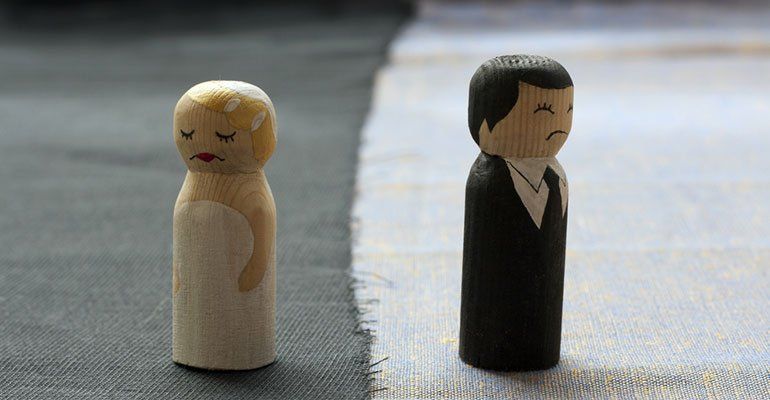COMMUNITY GROUPS AND PLANNING APPLICATIONS
Often community groups are upset at planning applications which will change their area, such as commercial development in a residential zone. There is understandably an expectation that the existing zoning is sacrosanct and no departure should be allowed. It doesn’t quite work that way.
The Courts have held that zoning should be construed broadly as best achieves the planning objectives. Just because there is a conflict, that does not rule out a particular proposal. So any developer can make an application, but has to show some need or special circumstances. It is no answer to show that alternative sites for the proposed development are available; the Courts consider only the suitability of the subject site.
If a Council has approved a development which upsets the community, the only recourse is an appeal to the Court. Courts deal in evidence and legal argument, not emotion. There is no room for well-intended amateurs hoping that the Court will be sympathetic because they are not commercially motivated. Remember that the iconic Australian movie, The Castle, is fiction!
Therefore anyone seeking to appeal a Council decision needs to marshal evidence to have any hope of success. Usually that is expert evidence from town planners, traffic engineers etc. It is an expensive business, but you get only one shot at it. The best case has to be presented. It is a new hearing, so the Court doesn’t consider how the Council arrived at its decision.
Another matter to be aware of is what happens if you lose? The Court can order you to pay the legal costs of the other side. Usually, if the appeal was well-founded (even though unsuccessful) the Court will order that each party pays its own costs. However, that is up to the Judge in each instance.
So appealing a Council decision is not for the faint-hearted. Considerable time and money must be committed.
CAN YOU GET COMPENSATION IF YOU ARE INJURED WHILE COMMITTING A CRIME?
A young man, with his mates, steals a car for a joyride. He is in the passenger’s seat and is catastrophically injured when the car hits a tree, suffering permanent disability. Can he get compensation or damages?
The law provides that criminals are not awarded damages for injuries suffered in the course of the offending unless the Court is satisfied that it would be harsh and unjust. Often the cases turn on whether the injured person sought to withdraw from the illegal activity. In this example, what if the passengers had told the driver to slow down or to stop the car so the passengers could get out? In a recent case the Court found that although passengers may have told the driver to stop or slow down prior to the accident, they put themselves at risk by stealing the car and going for a joyride. The claim failed.
The lesson, of course, is that committing a crime where an injury results can have horrendous unforeseen outcomes for the participants.
PROTECTING THE VIEW FROM YOUR PROPERTY
In Queensland, there is no general right to a view. It is often the case that a person buys (usually paying extra) a property for the view, then later a neighbour plants tree which grow to obstruct that view. What can be done? The Neighbourhood Disputes Resolution (Dividing Fences and Trees) Act 2011 may offer some relief to the general principle that there is no right to a view. The Tribunal can make orders in relation to trees which seriously interfere with the enjoyment of the property on an on-going basis. However, the Act gives a right to a view from a dwelling that existed at the time that a neighbour acquired his land. So it’s important to establish who got there first, and whether the complainant actually had the view that may now have been lost. If the facts are made out, the Tribunal can order the removal of the trees, or that they be trimmed or even regularly pruned to a certain height. It can order who should pay those costs.
FAULTS IN NEW CARS
In 2015, Mr Symon bought a brand-new VW Touareg for $65,000.00. Like many modern vehicles, it had a stop/start mechanism, so that the engine turns off when the vehicle is stationary in traffic. Mr Symon found, to his chagrin, that when the motor stopped, so did the air-conditioning. As he lived in tropical Hervey Bay, he was not happy. It did not, he claimed, amount to the ‘automatic climate control airconditioning” he had been promised. Not getting any redress from the dealer, he applied to the Queensland Civil and Administrative Tribunal seeking orders that the problem be fixed at the dealer’s cost, so that he could enjoy his air-conditioning, even when the motor was not running.
He relied largely on the law against false and misleading representations and that the vehicle was not of acceptable quality. After reviewing all the evidence, the Tribunal found that the vehicle has a button which can bypass the stop/start mechanism, but that it has to be pushed on each driving occasion. It found that having to press the button each time the vehicle is driven (if one wants continuous air-conditioning) did not render the air-conditioning any less “automatic”.
Accordingly, the Tribunal found for the dealer.




Sitelinks
Enquire Now
Contact Us
Thank you for contacting Radich Lawyer.
We will be in touch soon.
Please try again later.






